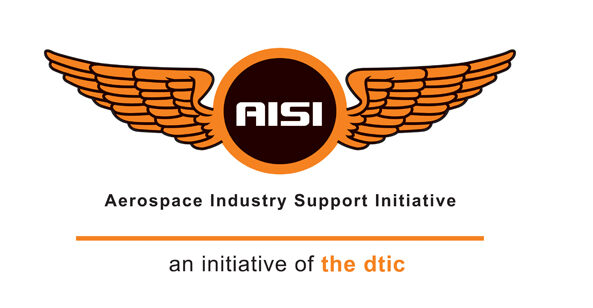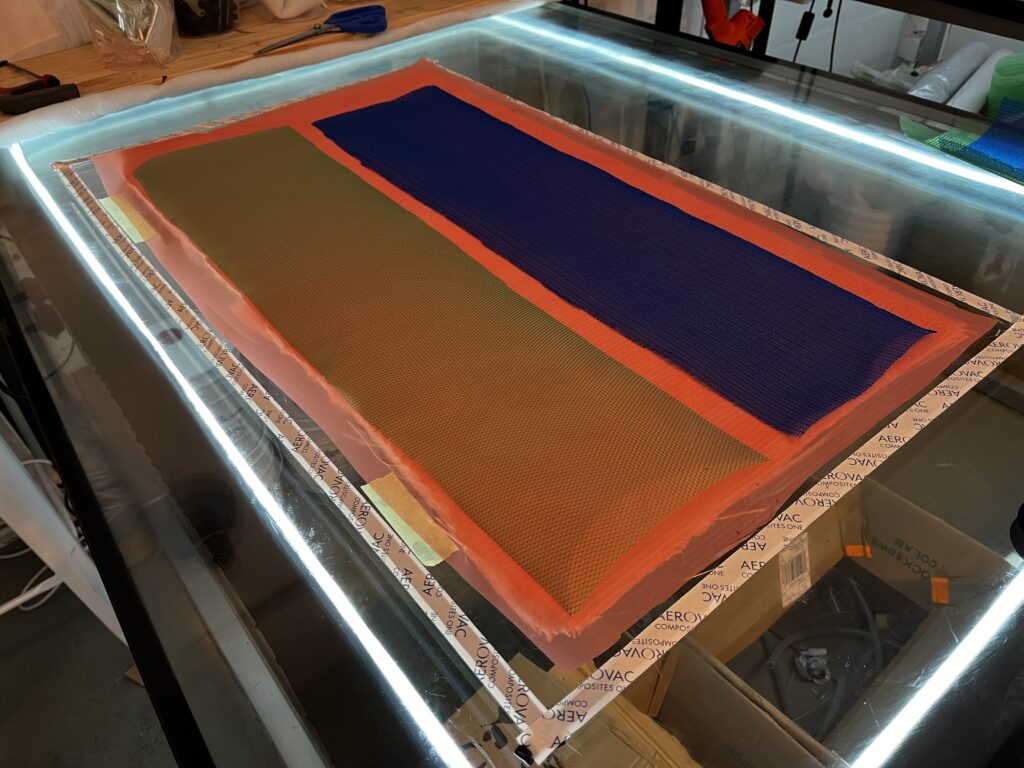12MAY 2023
ENGINEERING NEWS
BY: SIMONE LIEDTKE, CREAMER MEDIA SOCIAL MEDIA EDITOR & SENIOR WRITER
Lightweight workboats have gained popularity as a versatile and cost-effective solution to transportation and cargo delivery in regions with limited infrastructure. They offer numerous advantages, including lower fuel consumption, reduced maintenance costs and easier manoeuvrability in shallow waters, says Cape Town-based manufacturer Skye Advance Africa (SAA) founder Ewan Niske.
However, the supply chain for lightweight workboats in Africa can be challenging, as many of the raw materials and equipment required to manufacture them are not readily available locally, which “drives up the cost of production”, he adds.
The lack of infrastructure in many African countries exacerbates this challenge and adds to the difficulty of transporting materials and finished products to and from manufacturing facilities.
Innovative solutions and partnerships can help to overcome these obstacles and support the growth of this industry, as “lightweight workboats are poised to play an increasingly important role in the transportation and logistics industry in Africa and beyond”.
Manufacturing Process
The manufacturing process for lightweight workboats typically involves several steps and requires special skills and materials.
First, the hull is designed and moulded to the desired shape using computer-aided design software. The hull is then manufactured with composite materials, such as carbon fibre or Kevlar, to increase its strength and durability. Thereafter, the boat is fitted with an engine and any necessary equipment such as navigation systems, lighting and safety gear.
Niske notes that the market for lightweight workboats in Africa is expected to continue to grow.
“With their low cost, versatility and durability, these boats are well suited for a variety of applications, from transporting people and goods to supporting research and conservation efforts in remote areas.”
SAA has already manufactured the primary tooling for the Skye 10 Series of workboats.
“Through the filter of localisation we have worked with a marine designer from Cape Town to conceptualise and provide cut files and build from materials produced in South Africa. The Skye 10 Series is the first batch of workboats providing a shallow draft, scalable platform from 5.5 m to 8.9 m and multi-mission configuration to meet the user demand,” Niske explains.
Additionally, the introduction of a series of lightweight workboats to the supply chain in Africa will contribute to economic growth, employment creation and sustainable development in Africa, he adds.
“Replacing or recapitalising the small boat sector will improve the yield, increase safety and reduce carbon emissions, as the current platforms used are old and inefficient.”
Niske notes that the development of the blue economy through manufacturing workboats can, eventually, lead to sector localisation in the host country where SAA can transfer technology for manufacturing.
“Primarily, we are looking at the artisanal fishing sector to provide lightweight, high payload workboats, where alternative emission-reducing drives can be introduced, such as electric or other future propulsion.”
Something New
Africa’s existing fleet is old and needs urgent replacement, Niske comments.
To ensure that the workboats remain affordable and accessible to African businesses, SAA uses closed moulding technology to process composite materials at the lowest cost possible using the least amount of materials to qualify for commercial approval.
Being able to repeat on demand using casting boats in laying up boats in a mould accelerates the manufacturing process of every vessel, Niske says.
In addition, the company has designed a platform that is adaptable to other multi-mission applications. By adapting the deck layout, SAA can morph its basic hull design to service, for example, people and goods transportation, tourism, aquaculture, research and patrol, as well as mercy vessels.
The company is a 2021/22 beneficiary of support from the Aerospace Industry Support Initiative (AISI). The AISI, which is hosted under Industry Connect at the Council for Scientific and Industrial Research, is a programme of the Department of Trade, Industry and Competition.
Support was provided through the Marine Manufacturing, Maintenance and Repairs, and Associated Services Development Programme’s Technology Enhancement Intervention.
The project entailed replacing aluminium, which was used in the original boat design, with locally available composite materials. The composite material was tested against the traditionally used aluminium and was tested (strength, impact resistance) against the same European standards that the alumimium boats were designed and tested against. The project successfully indicated that the local product could compete internationally.
The support provided by the AISI enabled SAA to test and evaluate the individual and consolidated material mechanical values of locally produced technical fibres and polymers for future use in the commercial marine sectors.
The support also enabled SAA to identify materials made locally to be applied to the commercial workboat sector.
Niske says this support has resulted in the development of this manufacturing sector based on localisation and technology enhancement.
There is a limited training platform in South Africa for composites in boat building, so the company is training their employees and members of the youth.
“SAA employs and skills youth from currently disadvantaged communities. “We quickly identify talent and work closely to develop our human capital,” he concludes.
EDITED BY: NADINE JAMES
FEATURES DEPUTY EDITOR


